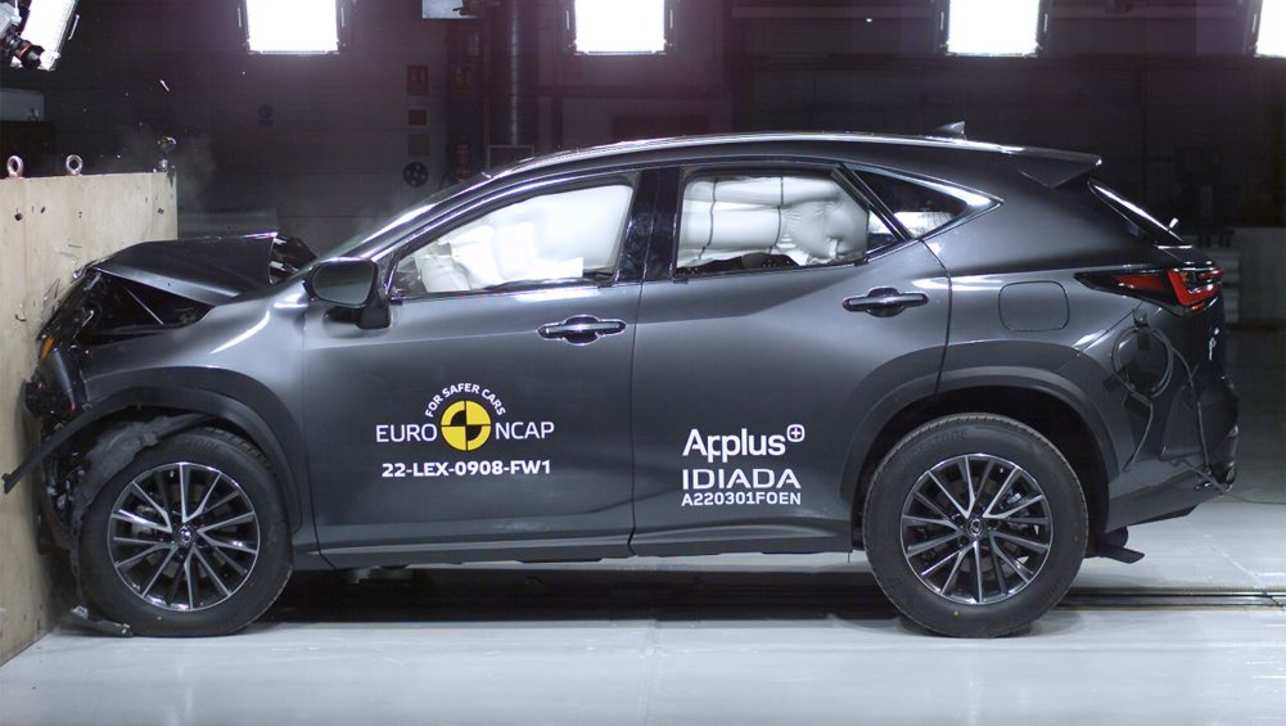Lexus Australia has revealed the incoming second-generation NX mid-size SUV is one step closer to being available locally with a plug-in hybrid (PHEV) powertrain.
Speaking to journalists this week, Lexus Australia chief executive Scott Thompson stopped short of confirming the PHEV, dubbed NX450h+, although the signs are positive for it to join the new NX line-up, which is due to launch with three other powertrain options in November.
“We already have an NX450h+ in Australia for market evaluation purposes,” he said. “We’re currently in talks with our parent company about bring the NX450h+ to Australia, and for it to be our first plug-in hybrid electric vehicle.
“And while I can’t announce its arrival today, our team is really keen to make this a possibility … but there’s no doubt this will not sell in the volumes of our petrol-electric hybrid range.”
Speaking of which, Mr Thompson confirmed that the NX350h ‘self-charging’ hybrid (HEV) is expected to be the most popular powertrain option in the new NX line-up, regardless of whether or not the NX450h+ is introduced further down the line.
Asked why the NX450h+ won’t be available from the new NX’s local launch, like the NX350h and the petrol-powered NX250 and NX350, Mr Thompson explained that Australia’s lack of electric vehicle (EV) policies has nothing to do with it.
“It’s an internal Lexus thing (holding the NX450h+ up),” he said. “We say publicly, globally and domestically, that we believe the portfolio approach around electrification is the right way to go.
“And we believe that having offerings cross the entire electrified spectrum is the right way that we’re going to deal with carbon neutrality and reducing our carbon emissions going forward. So, a balanced approach between hybrids, obviously, battery-electric, plug-ins and, eventually, new technologies that come to the fore in the future.
“So, it’s a Lexus international and domestic stance (that’s impacting the BMW X3 xDrive30e and Mercedes-Benz GLC300e rival) at the moment.”
For reference, the NX350h is the equivalent of Toyota's RAV4 Hybrid, with it too available in front-wheel-drive (FWD) and all-wheel-drive (AWD) configurations, likely with 160kW and 163kW power outputs respectively.
Meanwhile, the AWD-only NX450h+ plug-in hybrid is the equal to the not-for-Australia RAV4 PHEV/Prime, with it expected to produce the same 225kW.
Both powertrains pair a 2.5-litre naturally aspirated four-cylinder petrol with one (FWD) or two (fully variable AWD) electric motors, while an electronic continuously variable transmission (e-CVT) is used either way.
The NX450h+ has an 18.1kWh lithium-ion battery that provides an estimated 75km of WLTP electric-only range. It doesn’t support DC fast-charging and instead relies on AC charging to replenish its capacity.
Claimed fuel consumption for the NX350h and NX450h+ is yet to be released, with the same true of the NX’s other two main powertrain options.
Speaking of which, the NX250 is powered by the RAV4’s 2.5-litre naturally four-cylinder petrol engine, with it mated to an eight-speed torque-converter automatic transmission and FWD or AWD. It’s likely to develop 152kW/243Nm.
The NX350, meanwhile, debuts Lexus’ new 2.4-litre turbo-petrol four-cylinder engine, although its power and torque outputs are also a mystery for now.
While the NX350 features an eight-speed torque-converter automatic transmission like the NX250, it sets itself apart by only coming with an electronically controlled full-time AWD system.





.jpg)
.jpg)



.jpg)
.jpg)

.jpg)


.jpg)




.jpg)


.jpg)





Comments